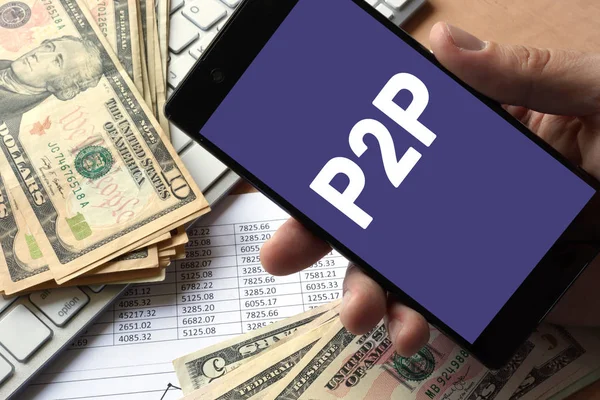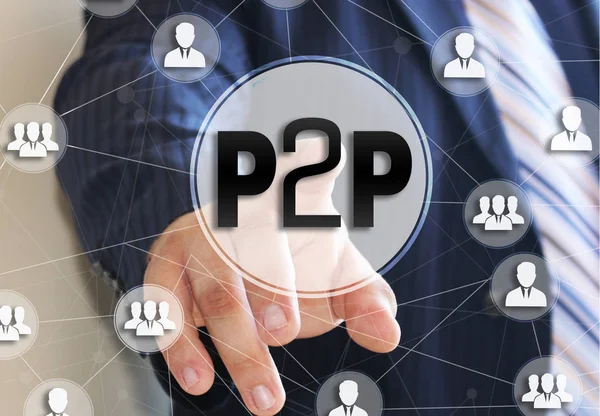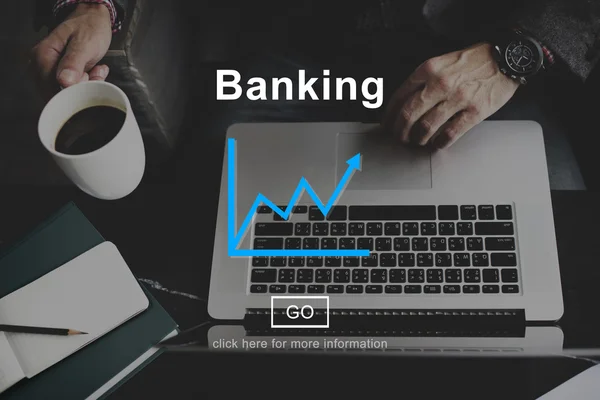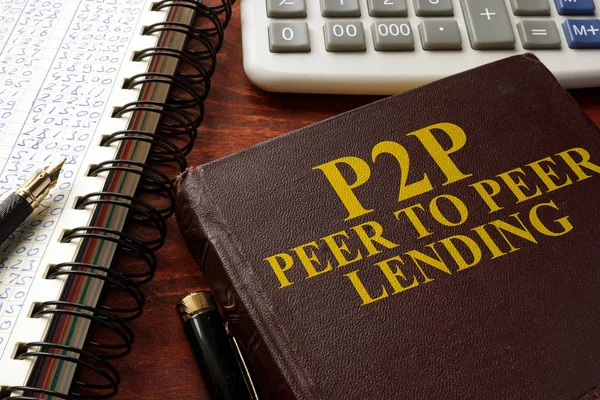In an age where technology has revolutionized countless industries, the finance sector has also been transformed by the innovative practice of peer-to-peer (P2P) lending. This modern approach to finance has reshaped how individuals borrow money, by connecting borrowers directly with investors through online platforms, bypassing traditional banking institutions. As the landscape of personal finance continues to evolve, P2P lending has garnered significant attention for its potential to offer a more accessible, efficient, and tailored lending experience. Here, we delve into the intricacies of P2P lending, its ascent within the financial sector, the inherent risks, how it stands against traditional banks, the regulatory environment, and what the future holds for this burgeoning industry.
Unpacking Peer-to-Peer Lending

Peer-to-peer lending, at its core, is a method of debt financing that enables individuals to borrow and lend money without the use of an official financial institution as an intermediary. This innovative system leverages online platforms where borrowers can apply for loans funded by investors looking to earn higher returns on their capital than what conventional savings or investment avenues can provide. The process is quite straightforward: borrowers post a loan listing with the amount they need and the purpose of the loan, and investors select loans that match their investment criteria. P2P platforms make their profit by charging fees for their matchmaking services.
The appeal of P2P lending lies in its accessibility and efficiency. Borrowers often find that they can secure loans at interest rates more competitive than those offered by banks, particularly if they have good credit histories. On the flip side, investors have the opportunity to diversify their portfolios and engage with a new asset class. The platforms themselves employ sophisticated algorithms to assess credit risk, determine interest rates, and ensure a smooth transaction. Transparency is also a hallmark of P2P lending as both borrowers and lenders have access to vital information needed to make informed decisions.
The Rise of P2P Finance Models

The ascension of P2P finance models can be attributed to several factors. The financial crisis of 2008 played a pivotal role as trust in traditional banks eroded and credit became harder to secure, prompting consumers to seek alternative lending options. Technology advancements have allowed for the creation of robust online platforms that facilitate these transactions with ease and security. Moreover, the appetite for more personalized financial experiences has driven consumers towards solutions that offer more control and customization.
P2P platforms have proliferated globally, with notable names like Lending Club, Prosper, and Zopa leading the charge in reshaping the lending landscape. They have managed to attract a wide spectrum of borrowers, from those seeking to consolidate debt to others financing large purchases or businesses in need of capital. The model’s success has caught the attention of bigger financial players, leading to partnerships, investments, and even the development of in-house P2P services by traditional banks.
Navigating P2P Investment Risks

Investing in P2P loans does come with its set of risks. The most prominent among them is credit risk: the potential for borrowers to default on their loans. To mitigate this, P2P platforms provide ratings and credit reports to help investors make educated choices. Despite this, the absence of a safety net like the FDIC insurance for banks means lenders must be prepared to absorb potential losses.
Interest rate risk is another consideration. Changing economic conditions can affect the rates on new loans, potentially making existing loans less profitable. In addition, P2P platforms are relatively new, and their long-term resilience through economic cycles is yet to be fully tested. The liquidity risk is also notable; unlike stocks or bonds, P2P loans cannot be easily sold or traded if an investor wishes to exit their investment before maturity.
P2P Lending Vs. Traditional Banks

| Feature | P2P Lending | Traditional Banks |
|---|---|---|
| Intermediaries | Absent (direct lending) | Present (banks serve as intermediaries) |
| Loan Approval Time | Often faster | Usually slower |
| Interest Rates for Borrowers | Can be lower | Typically higher |
| Returns for Investors | Potentially higher | Generally lower |
| Accessibility | High (online platforms) | Medium (physical branches and online) |
| Regulatory Oversight | Varies by region | Strict and well-established |
In many ways, P2P lending presents a contrast to traditional banking. The efficiency and streamlined processes associated with P2P lending often result in quicker loan approvals and competitive interest rates, providing a more attractive landscape for both borrowers and lenders. The removal of the middleman in P2P transactions may offer higher potential returns to investors versus the interest rates provided by bank savings accounts or certificates of deposit. However, the established nature of traditional banks brings a level of security and regulatory clarity that P2P lending has yet to fully achieve.
Regulatory Landscape for P2P Loans

As a relatively new industry, P2P lending’s regulatory landscape is in a state of evolution. Different countries have approached the regulation of P2P platforms in diverse ways. In the United States, for instance, P2P platforms are required to register with the Securities and Exchange Commission (SEC) and adhere to state-level regulations. The UK’s Financial Conduct Authority (FCA) also provides a regulatory framework for P2P lending, emphasizing investor protection.
Regulatory scrutiny aims to protect investors, maintain fair markets, and ensure that the platforms are not used for illicit activities like money laundering. Compliance with these regulations is critical for the platforms to gain credibility and trust among users. However, the balance between regulation and innovation is delicate, as overly stringent rules could stifle the growth of P2P lending.
Future Outlook of P2P Lending

The future of P2P lending appears promising, with projections suggesting continuous growth. Advancements in financial technology (fintech) are expected to drive further innovation in this space, potentially leading to more customized and efficient lending solutions. P2P lending has also been seen as a catalyst for financial inclusion, providing access to credit in underserved markets.
However, the industry’s trajectory will depend heavily on economic conditions, technological advancements, and the regulatory environment. As traditional financial institutions begin to recognize the value in the P2P model, partnerships and integrations may become more commonplace, blurring the lines between traditional and peer-to-peer finance. Regardless, the burgeoning P2P lending sector is poised to remain a significant player in the future landscape of finance.
Peer-to-peer lending has emerged as a modern financial phenomenon, challenging traditional banking practices and offering a new avenue for both borrowers and lenders to interact. With its increased accessibility, potential for higher returns, and user-centric approach, it’s not surprising that P2P lending has experienced rapid growth. Yet, as with any emerging industry, it is not without its risks and regulatory hurdles. As the sector continues to mature, it will be fascinating to watch how it adapts to the evolving demands of the financial world and what role it will carve for itself in the broader economic fabric. The continued integration of technology in finance suggests that P2P lending is just beginning to show its true potential, making it an area to watch closely in the years to come.



The tech behind these platforms must be quite advanced to assess credit risk and rates.
It seems like there are some risks involved, but P2P lending could be a good option for some.
Interesting to see how P2P lending is growing. I didn’t know much about it before.
It’s not for everyone, but the concept of direct lending is definitely innovative.
I wonder how the regulatory environment will adapt to these changes in the finance sector.
P2P platforms look promising for diversifying investment portfolios.
Accessibility seems to be a key advantage of P2P lending over traditional banks.
I need to read up more on this, but the article was a good starting point.
Would like to see more info on long-term performance through economic cycles.
This article gave a clear overview of P2P. The comparison chart was especially helpful.